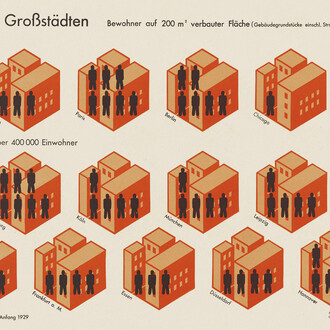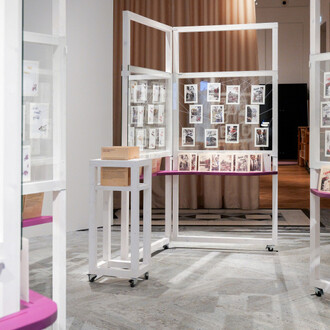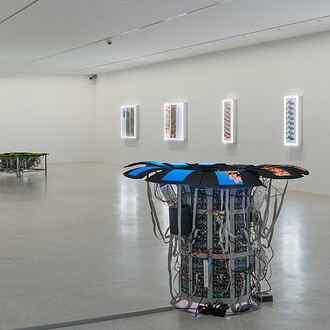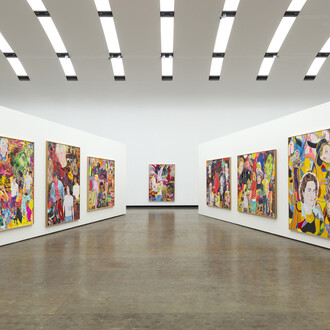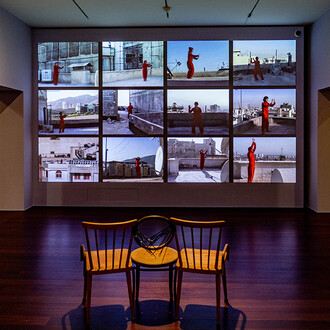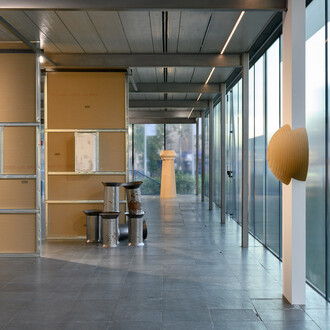The construction of Vienna’s Stadtbahn, or city railway system, around 1900 was a milestone in Vienna’s development towards becoming a modern metropolis. Pre-eminent architect Otto Wagner succeeded in combining functionality with artistry, fitting the city’s public transit system with a unique look. Its stations still shape Vienna’s cityscape and are used by thousands of passengers daily.
The two pavilions at Karlsplatz are among the best-known buildings of Viennese modernism.
Wagner used iron constructions, into which marble slabs were inserted, and a rich ornamental decoration to underline the location’s importance as a transport hub.
In the western pavilion, the Wien Museum showcases the work of Otto Wagner, highlighting his significance for the development of Vienna as a modern metropolis as well as for 20th century architecture.






